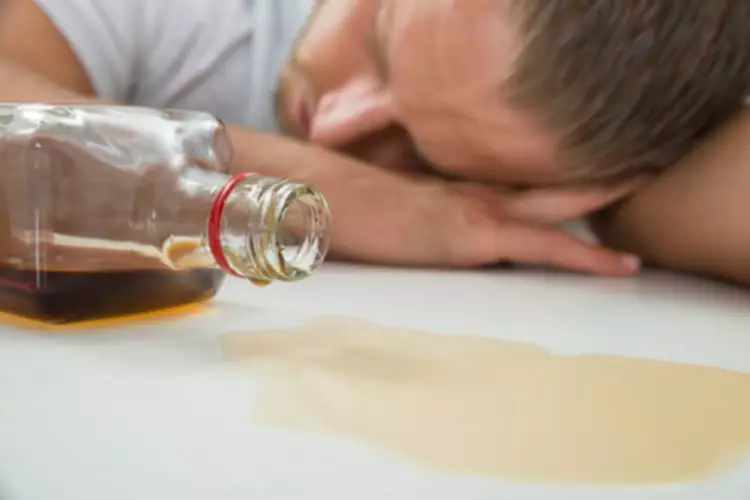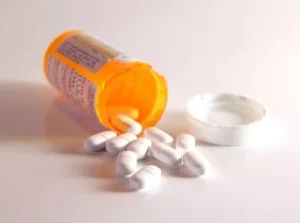
Athletes and nonathlete weightlifters take AASs orally, transdermally, or by im injection; however, the most popular mode is the im route. Oral preparations have a short half-life and are taken daily, whereas injectable androgens are typically used weekly or biweekly. A number of transdermal testosterone preparations have become available recently, but it is difficult to deliver large amounts of testosterone using the transdermal formulations. Users may supplement their program of injections and pills with topical gels to provide a constant low-level testosterone supply.
Substances which are not on the list of prohibited substances with possible doping effect
The complicity of medical professionals and shadowy labs is often involved, and a 2015 report from the International Cycling Union (UCI) found the sport’s own governing body bore significant responsibility. Performance-enhancing steroids usually work by mimicking natural testosterone. Reported effects of steroid use include an increase in muscle size, strength, and fat-free body mass, all of which are thought https://ecosoberhouse.com/article/alcoholics-heart-problems-cardiomyopathy/ to improve athletic performance. Using steroids to improve athletic performance is considered cheating, and can lead to athletes being penalized or banned from participating in sports. More importantly, using performance-enhancing steroids can have serious, long-term health consequences. Some commentators maintain that, as outright prevention of doping is an impossibility, all doping should be legalised.
Heath Risks
Side effects of these nonsteroidal drugs include headache, nausea, nervousness, diarrhea, perspiration, hot flushes, and bone pain (88). Athletes may add epitestosterone to normalize their testosterone to epitestosterone (T/E) ratios, thus avoiding testosterone-use detection. Researchers have not adequately investigated interactions of AAS with nonsteroidal drugs. Recent studies increasingly suggest that the use of AASs and other PEDs often occurs in conjunction with use of multiple classical drugs of abuse (77, 78). PED users are increasingly encountered in needle-exchange programs, where they may sometimes represent most of the clientele (79, 80). Applying a random-effects model to these 10 studies, the analysis yielded an estimate that 32.5% (95% conference interval, 25.4%–39.7%) of AAS users develop AAS dependence.
- A second violation leads to a 100 game suspension without pay, and a third violation leads to a lifetime ban.
- As noted above, it appears that about 30% of AAS users may develop AAS dependence, which in some instances may be part of a larger pattern of dependence on PEDs, involving additional agents such as hGH and CNS stimulants (14, 86).
- By shifting the focus from the individual athlete to the sporting context, we can see how harms to doping athletes are socially produced (c.f. Rhodes, 2002).
- The serotonergic system also may have an important function in the control of the aggressive dominance induced by AAS (236).
- AASs may affect the immune system (342), the lungs (343), and possibly other organ systems (18) and might cause acne (344), although knowledge in these areas remains limited.
Student Athletes and Substance Abuse
Mündel says the study’s results are not only relevant for athletes but for others who work in high-temperature environments, including military, firefighters and some industries. Apart from being incredibly harmful to users both physically and mentally, the use of PEDs is also highly unethical. By artificially enhancing one’s performance through illegitimate means, one not only registers an unlawful win, but also robs honest, hardworking athletes of their chance to win. There are a few other categories of PEDs, such as sedatives and anxiolytics, adaptogens, blood boosters and so on, and there is also a long list of drugs that fall under one of these categories, making their use prohibited before a sporting event. He points out that between 2000 through 2012 — the last Olympics in which the 10-year window for post-Games testing has closed — 118 medals (more than 3% of those awarded) were captured by athletes found to have tested positive.


Drawing from studies showing that former smokers tend to gain weight when they stop smoking, Mündel says they determined that “nicotine appears to accelerate a person’s metabolic rate, basically increasing how many calories you burn.” And it does not include the current controversy involving the handling of a batch of positives from Chinese swimmers — some of whom will be in Paris — who were allowed to compete when state authorities ruled their samples had been contaminated. His achievements include winning NFL Defensive Rookie of the Year and NFL Defensive Player of the Year during his first year in the league. Taylor played in two Super Bowls and was selected ten times for the NFL Pro Bowl. No athlete should feel shame or embarrassment if they struggle with addiction.
- I would say I take cycling a lot less seriously now, just kind of enjoy it a lot more.
- This tally highlighted the prevalence of drugtaking in Olympic sports, but also the success of anti-doping authorities.
- Physicians should pay attention when prescribing different substances, as well as pharmacists who release the medication.
- Concerningly, hormone and metabolic modulators, like GW1516, are often masqueraded as, or used in combination, with SARMs.
- Additionally, policies and procedures that discourage substance abuse, such as drug testing, can also be effective in preventing athletes from using drugs.
- Similarly, the introduction of the athlete biological passport meant that samples would be recorded over time to flag changes in biological values that might indicate doping not caught through testing single samples.

To date, only one large controlled trial has examined the efficacy of an environmental alcohol intervention among athletes. In this study, the researchers evaluated the efficacy of the Good Sports program (Rowland, Allen, & Toumbourou, 2012), which was implemented at community football clubs in Australia. This program includes a variety of environmental interventions grouped across three accreditation levels. An example of a level 1 intervention strategy is serving alcoholic drinks only in standard drink amounts, an example of a level 2 strategy is not serving shots of liquor, and an example of a level 3 is having and distributing a written alcohol policy to club members.

I felt more like a number, the numbers that I produced on the bike, you have all this data that you can record while you’re cycling, those numbers became kind of whether I was happy or not. Blood doping, which often involves the use of prohibited erythropoietin, or EPO, increases the number of red blood cells in the body. The result is a higher risk of life-threatening diseases including stroke, heart disease, and cerebral or pulmonary embolisms. The abuse or misuse of EPO can also trigger serious autoimmune diseases, causing the body’s immune system to attack healthy cells.
The methods used to deliver genetic material include the naked DNA, viral vectors, and genetically modified stem cells. Viral vectors are the most frequently used approach for delivery of genetic material (385, 404,–407). Applying antisense RNA sequences or inhibitory RNAs, blocking splicing recognition sequences, or using exon skipping negative effects of drugs in sport can also modify gene expression. The approved gene therapies include alipogene tiparvovec for the treatment of lipoprotein lipase deficiency and recombinant human adenovirus-p53 to inhibit cancer cell growth (409, 410). Gene therapy has also shown promise in SCID-X1, Leber’s congenital amaurosis, and some forms of muscular dystrophies.
- The burst-forming units (erythroid [BFU-E]), proerthyroblasts, and basophilic erythroblasts also express erythropoietin receptors.
- Because this test is performed on a membrane support, we can use either antibodies or lectins that separate various glycoforms in conjunction with the immune detection to assess whether the erythropoietin is native or recombinant.
- The likely adverse effects include edema, excessive sweating, myalgias and arthralgias, carpal tunnel syndrome, and diabetes (Table 2).
- Rates of performance-enhancing drug use may be higher among elite athletes, where the stakes and incentives for optimal performance are quite high.
- Although PEDs have a decidedly advantageous impact on a subject’s body and performance in the short term, the side effects are devastating in the long run, both physically and psychologically.